Getting Pronouns Right and much more.
Society is becoming more aware of gender diversity and sexuality diversity, and more people are beginning to understand the impact that gender stereotypes and exclusive language/actions can have on gender and sexuality diverse young people.
A person’s gender is different to a person’s biological sex. At birth, a baby’s sex is determined by a medical professional. Society assumes someone’s gender based on what sex they were assigned. But for some people, the two don’t always line up. With an assumed gender, comes a range of expectations, boundaries and stereotypes. Society tends to hold people in a certain light, and if they act differently to what is expected, a range of reactions can occur. Unfortunately, some of these are not positive and can even be discriminatory or oppressive, which can have a range of impacts on people.
There are many different genders, and different ways to express one’s gender identity. This is a personal journey, and only the individual can decide how they define their gender (if they want to define it at all).
Some basic definitions
- Trans*/Transgender: when the gender in which someone lives is different from the sex they were assigned at birth. Eg. assigned male at birth, but identifies as being a female. Trans* is short for ‘transgender.’ The asterisk (*) is there because trans* is an umbrella term and includes lots of different descriptions (such as genderqueer/gender-neutral).
- Nonbinary/genderqueer/gender-neutral: a gender identity that does not conform to the gender binary. Some nonbinary people identify with more than one gender, while others don’t identify with any.
- Gender-fluid: someone for whom gender identity and presentation is spectrum. A gender-fluid person doesn’t confine themselves to one gender, or even a few. Instead, they may fluctuate between presenting as feminine, masculine, neither, or both.
- Cis gender/Cis: when your gender identity matches the sex you were assigned at birth.
- Intersex: An umbrella term describing people who are born with physical, hormonal or genetic features that are neither wholly female nor wholly male. This can be a combination of both or neither. It is recognised as a sex, not a gender identity.
- Misgender: When someone uses the wrong pronoun or term to refer to a person, such as calling a transgender boy “her” or a transgender girl “he”.
- Transitioning: The process someone undergoes when matching their gender or sex to be in harmony with who they are/their gender identity. This does not necessarily involve surgery or hormone therapy.
- Reaffirmation/Confirmation: These words are used instead of ‘reassignment’, which is medical language. These terms refer to people feeling affirmed or confirmed by their body/ appearance aligning with their gender identity. Again, transitioning does not necessarily involve surgery or hormone therapy; a person’s individual gender identity is valid, regardless of whether they have had (or want to have) surgery/hormone therapy.
- Deadname – The name given to a transgender person at birth, which they often change when they transition. This name should not be used to refer to them, use their chosen name instead.
Pronouns; what are they?
A pronoun is basically how you refer to someone, eg. he, she, it, they, etc, and we often use them unconsciously in everyday speech. Pronouns can be different regardless of someone’s sex or gender, so it’s important we use a balance of gender-neutral pronouns when talking to and about people.
Words such as ‘their’, ‘they’ and ‘them’ instead of his/her will allow any young person to not get boxed into something specific.
If you do not know what pronoun someone uses, it’s best not to assume and to use neutral pronouns and language (i.e. they/them). You can then respectfully ask what pronoun they use.
What if I accidentally use the wrong pronoun?
Old habits die hard, as the saying goes, so the more you become aware of what language you use, the easier it will be to make an informed choice – rather than using the language you have been conditioned to use.
If you accidentally use the wrong pronouns, apologise and restate the question or sentence with the correct pronouns. Don’t make it a huge deal (e.g. by gasping or saying “oh my god I’m so sorry!”), just apologise and move on.
If the young person wants to speak with you about their experience in regard to their gender and/or sexuality, then approach them as would any young person – with open-mindedness, curiosity and care. This helps to create a safe space for the young person, which in turn may increase the likelihood of them asking you for support when needed.
How can I make my practice more inclusive?
- Add a ‘preferred name’ option to your intake forms, and always ask young people what name they prefer to be called; their intake form may have been completed by a parent/carer who is not aware of their preferred name
- Introduce yourself with your pronouns (if you feel comfortable sharing them) and ask the young person for theirs – this can signal to young people that this is a safe space for them to be their authentic selves
- When letting young people know where the toilets are, always include where the all-access toilet is located. Call it the all-access toilet, as it is accessible for disabled folks and is not gender specific.
- Avoid invalidating language, e.g. referring to “preferred” pronouns or names; it’s not about the young person’s preference, it’s about their identity. Instead, say “Their name is X and they use they/them pronouns” or “what are your pronouns/what pronouns do you use?”
- If you need to contact a young person’s parent or carer, check with the young person if they have told their parents about their chosen name or pronouns. If they haven’t, the young person may prefer that you refer to them by their deadname when speaking with their parents/carers. Take the lead of the young person and let them decide.
More Information
Minus18 https://www.minus18.org.au/
Minus18 is Australia’s largest youth-led organisation for same-sex attracted and gender diverse youth – smashing homophobia and transphobia through events, support and campaigns. They have great resources for young people and parents/carers
– Rainbow Door http://www.rainbowdoor.org.au/
Rainbow Door is a free specialist LGBTIQA+ )Lesbian, Gay, Bisexual, Transgender and Gender Diverse, Intersex, Queer, Asexual) helpline providing information, referral, and support.
Qlife https://www.qlife.org.au/
Free peer-based service is for LGBTIQA+ identifying people and those who have questions or concerns about LGBTIQA+ issues. This includes families, friends, teachers and coworkers of LGBTIQA+ people. This service is funded by the Commonwealth Department of Health.
Written By Hilary
Clinical Psychologist

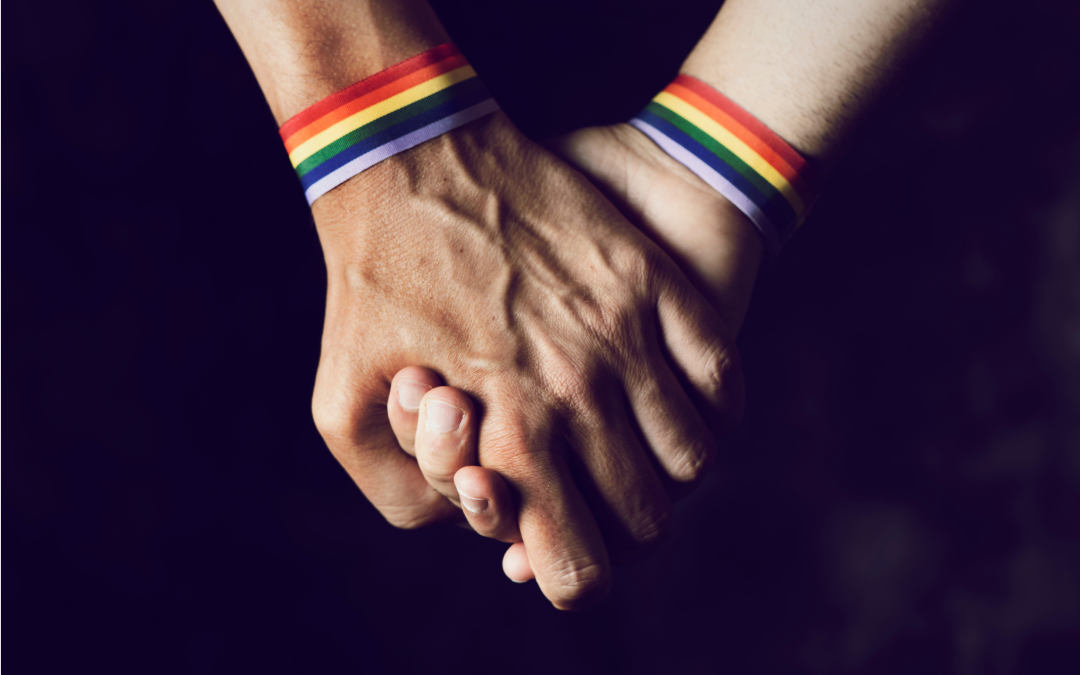

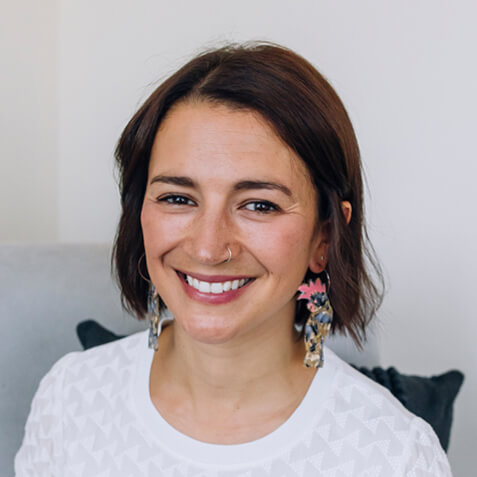

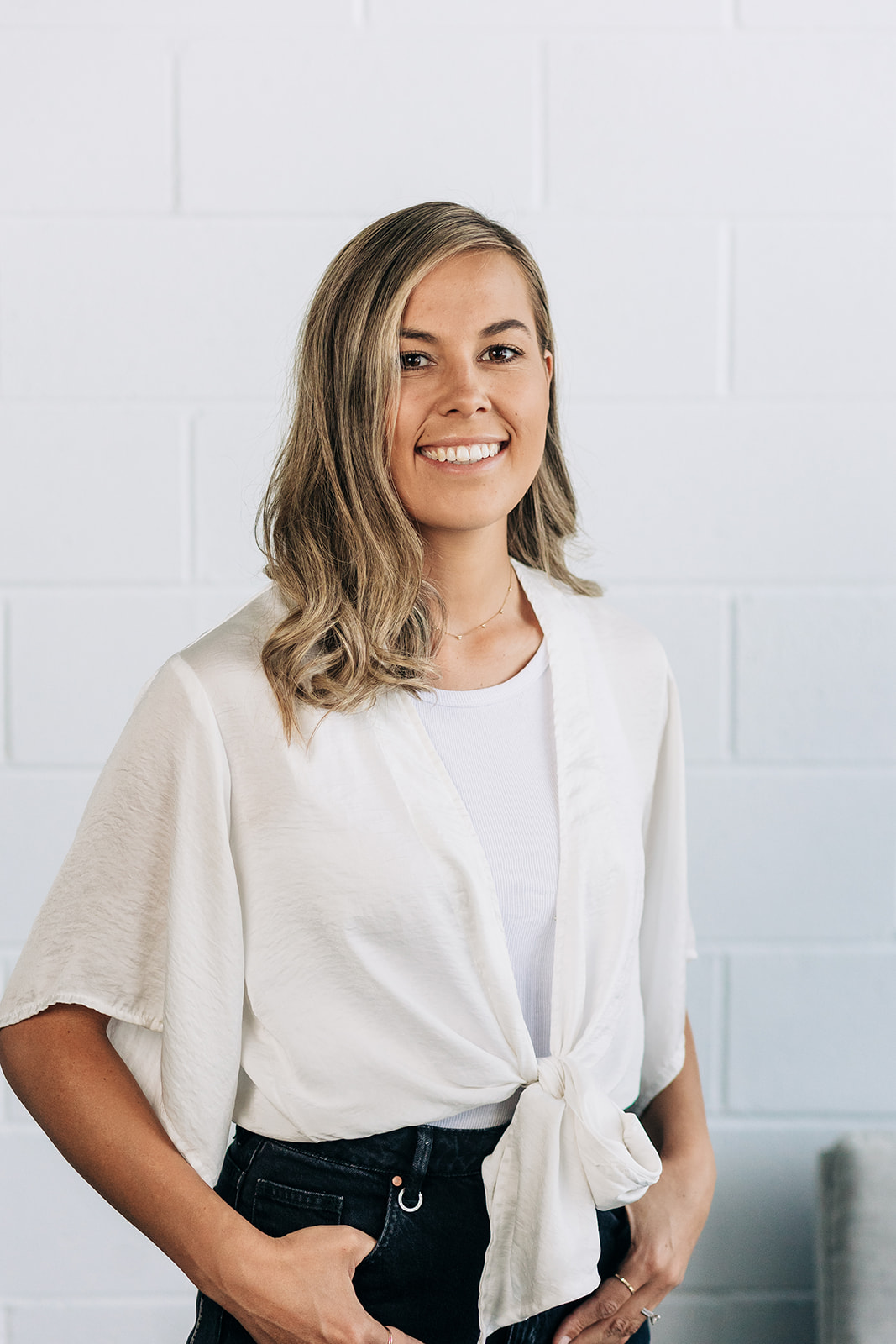
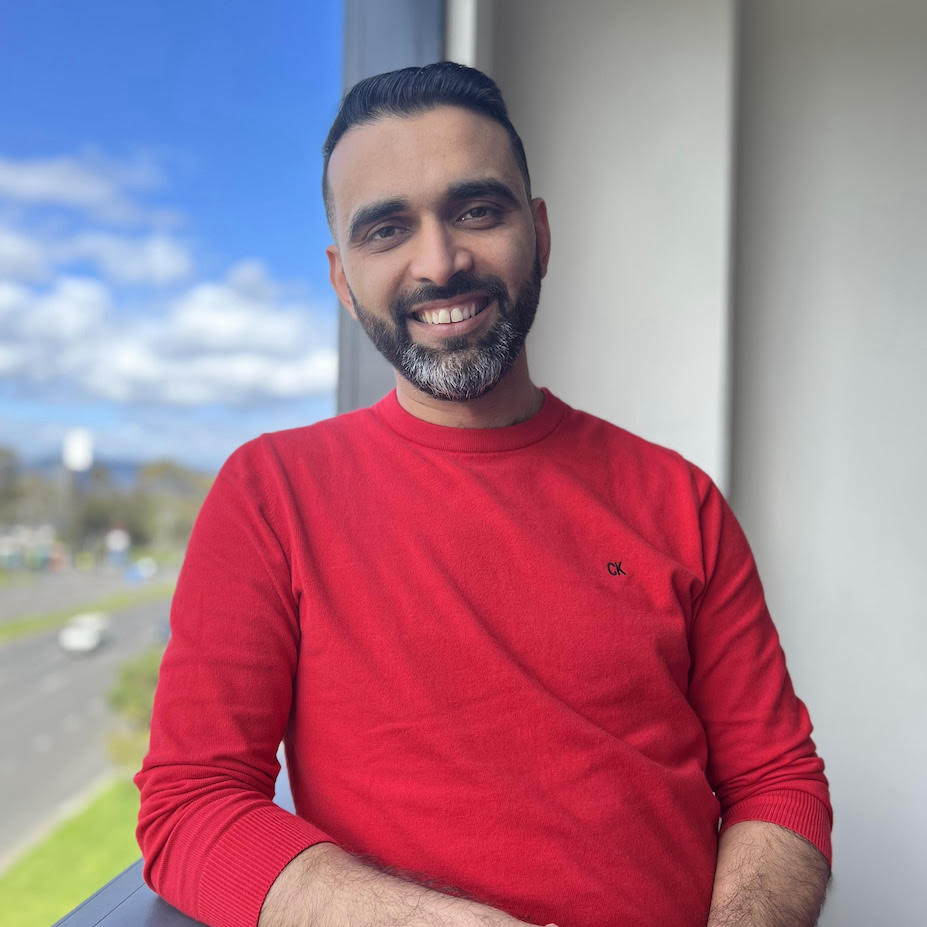
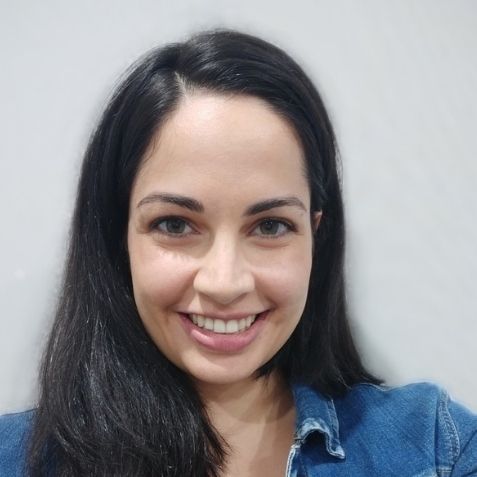
Recent Comments